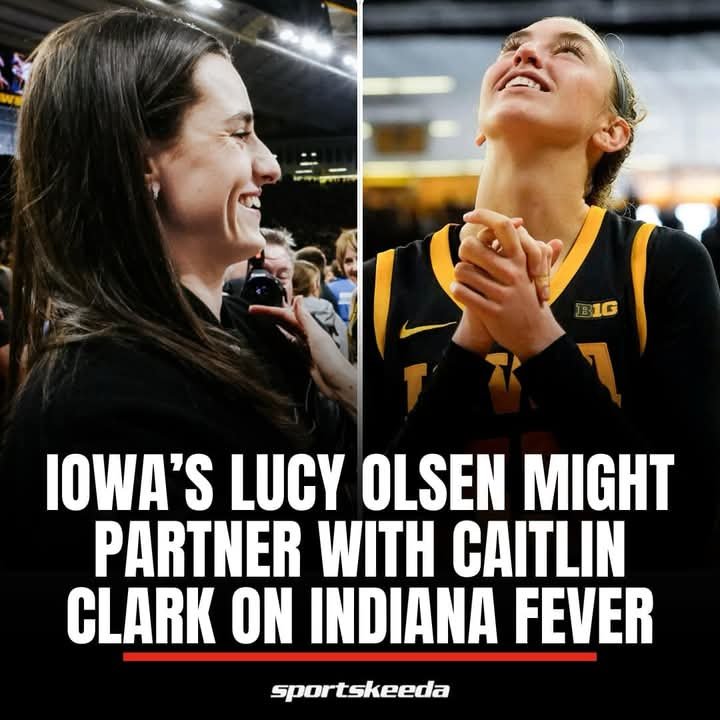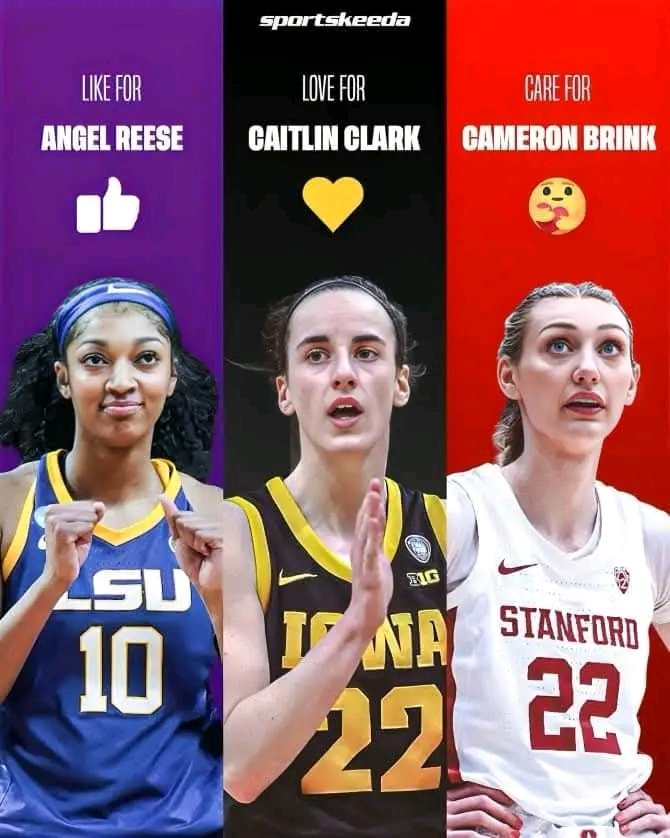
Liam Payne’s funeral on November 20, 2024, in the small town of Amersham, Buckinghamshire, was a deeply emotional and poignant occasion, reflecting both the magnitude of his untimely death and the life he led—one that was far more than the tragic circumstances of his passing. Payne, who died on October 16, 2024, at the age of 31 after falling from a third-floor balcony of his hotel in Buenos Aires, had been in the public eye since his teenage years. His death shocked millions of fans around the world, and the funeral was an intimate, yet public, moment of reflection on his legacy.
The most powerful images from the funeral were not of the mourners themselves but of two particularly symbolic tributes that spoke volumes about who Payne was as a person. One was a black Mercedes car with a number plate that read “MU5IC XX,” a clear nod to his passion for music, something that had been at the heart of his identity since he first appeared on The X Factor in 2008. The second tribute was a floral arrangement of five white bowling pins with a black ball crashing into them, a playful and personal symbol of his love for the game, which he had enjoyed throughout his life, right up to his last birthday in August. These details captured the essence of the man: not just the pop star or the celebrity, but a man who loved music, fun, and the simplicity of joy.
The imagery was not only a reminder of the music and playfulness that defined Liam Payne, but also a stark contrast to the tragic circumstances of his death. In the wake of the accident, there had been endless questions about how such a thing could have happened, and discussions about the perils of celebrity, mental health struggles, and substance abuse. However, the funeral reminded those in attendance—and those who watched from afar—that the story of Liam Payne was not just a cautionary tale about the dangers of fame, but a celebration of a young man’s love for life, his family, and his music. The two floral tributes, especially, were a clear statement that his death, as tragic as it was, should not overshadow the joyful, youthful spirit he embodied.
Liam’s life was shaped by music from the moment he stepped onto the stage as a 14-year-old on The X Factor. Although he did not initially make it into the final stages of the competition, it was clear that his talent was undeniable. His place in One Direction, a band formed in 2010, was the start of a journey that would define much of his life. However, what stood out most about Payne throughout the years was his seriousness about music. He was not merely content with being part of a manufactured boy band—he wanted to shape the direction of the group’s music and was known for pushing to ensure their songs had depth and authenticity. Even after the band went on hiatus in 2016, Payne’s desire to make a meaningful contribution to the world of music was evident, although his personal struggles often stood in the way of realizing his full potential as a solo artist.
At the funeral, those who had known him best—family, friends, and colleagues—gathered not only to mourn his loss but also to remember the man beyond the headlines. Harry Styles, who had been one of Payne’s closest friends and bandmates, was there alongside other former One Direction members—Niall Horan, Louis Tomlinson, and Zayn Malik. The presence of the remaining members of One Direction served as a reminder of the strange and often overwhelming experience the five young men shared as they grew up together in the intense spotlight of global fame. Their success was meteoric, but the pressure, the scrutiny, and the demands of fame were relentless, and Payne had been open about how difficult he found the experience.
Among the mourners were Payne’s former partner, Cheryl Tweedy, and their seven-year-old son, Bear. The tribute to Payne as a father was deeply emotional—on one side of the hearse carrying his coffin, a floral arrangement read “DADDY,” and on the other side, “SON.” Payne had become a father at just 23, a pivotal moment that forever changed his life, grounding him in ways that contrasted with the fleeting nature of fame. Despite the chaos of his public life, Payne had always spoken about his love for Bear and his desire to protect his son from the harsh spotlight he had grown up under.
Other attendees included Simon Cowell, who had played a major role in launching One Direction’s career, and close friends from the entertainment world, such as TV presenter James Corden, BBC Radio presenters Scott Mills and Chris Stark, and fellow pop stars like Cheryl’s Girls Aloud bandmates, Kimberley Walsh and Nicola Roberts. The presence of these familiar faces from the world of entertainment underscored the shared experience of navigating fame, public scrutiny, and personal loss.
The funeral itself was a subdued yet meaningful affair, one that focused less on the star status of the individual and more on the person who had been loved by those closest to him. The horse-drawn carriage carrying his coffin—a beautiful and symbolic touch—arrived at St. Mary’s Church in Amersham, flanked by mourners and fans alike. The quiet countryside church was a fitting backdrop for such an emotional occasion. While the service itself was private, a small group of young fans, many of whom had grown up listening to One Direction, gathered outside to pay their respects. They represented a generation whose childhoods were soundtracked by Payne’s voice and the music that defined the band.
The tribute that resonated most powerfully was the image of Payne’s coffin being carried away on the white horses, a solemn and heartbreaking moment that underscored how painfully short his life had been. The “dad” of One Direction, as he had often been called by his bandmates, was now gone, leaving behind a legacy that could never be fully realized. Payne had struggled with his own demons—mental health issues, substance abuse, and the isolating nature of fame—but it was clear that, in his final years, he had been striving to overcome these challenges. There was always the sense that he had more to offer, more music to make, more stories to tell. The sadness of his passing, combined with the realization that his potential was left unfulfilled, added an additional layer of grief to the loss.
The funeral of Liam Payne, while undeniably marked by deep sorrow, also served as a reminder of the importance of remembering a person for who they truly were—not just for the public persona they created, but for the complexity, humanity, and kindness that lay underneath. His death left behind a void in the world of music and in the lives of those who knew him. The images of his love for music, his playful spirit, and his deep devotion to his family will continue to define the memory of Liam Payne far beyond the traged
y of his passing.




